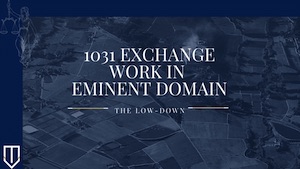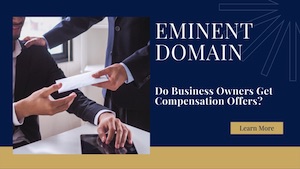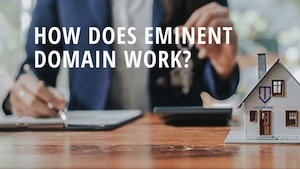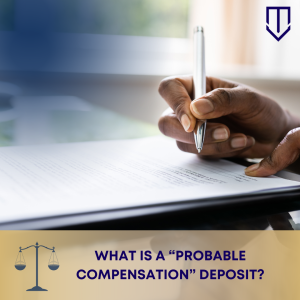 Eminent Domain proceedings will almost always end with the government taking title to private property after it pays out “just compensation” to a homeowner.
Eminent Domain proceedings will almost always end with the government taking title to private property after it pays out “just compensation” to a homeowner.
But sometimes, the government begins condemnation proceedings against the backdrop of a large project with encroaching deadlines. In these instances, California law allows the entity to obtain possession of the property early on in the condemnation process, granting the government the ability to begin its work sooner rather than later.
That said, there are numerous requirements that the government must fulfill in order to obtain pre-judgment possession. And even when the government meets its burden, defendant property owners can still oppose early possession by meeting various showings of hardship.
 California Partition Law Blog
California Partition Law Blog


 A pre-condemnation offer is a formal offer based on an appraisal that the government needs to offer a property owner prior to filing a condemnation claim in court. Condemnation is the special word given to eminent domain actions and should not be confused with the condemnation that is associated with those actions taken by the government against properties that pose health risks and other hazards to the public.
A pre-condemnation offer is a formal offer based on an appraisal that the government needs to offer a property owner prior to filing a condemnation claim in court. Condemnation is the special word given to eminent domain actions and should not be confused with the condemnation that is associated with those actions taken by the government against properties that pose health risks and other hazards to the public.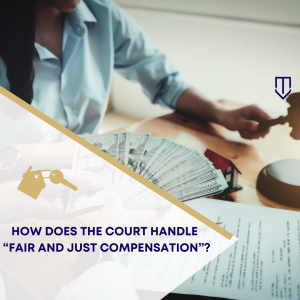
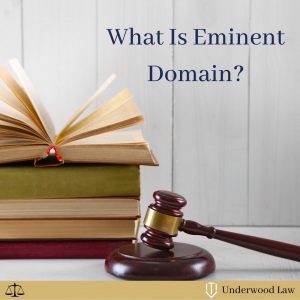 Pre-judgment interests are accrued interests on judgment amounts. Eminent domain is when the government “takes” private property for the public’s use and then owes fair and just compensation to the original private property owners. An eminent domain award is the court-ordered judgment amount that is based on the fair market value of the property owed to the private property owner.
Pre-judgment interests are accrued interests on judgment amounts. Eminent domain is when the government “takes” private property for the public’s use and then owes fair and just compensation to the original private property owners. An eminent domain award is the court-ordered judgment amount that is based on the fair market value of the property owed to the private property owner. 